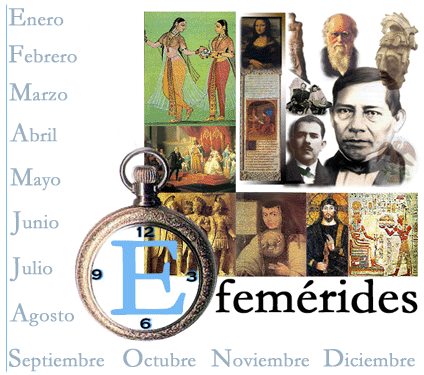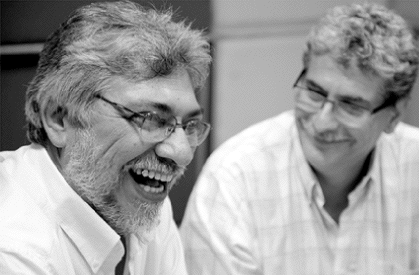 Communication can be defined as the interaction between two or more people, with the purpose of sharing meaning. Starting from the premise that everything communicates, we can say that human beings are capable of sending a large number of messages without using words, whether we are aware of it or not. Body language, therefore, is the ability to transmit information through our body. It fully reveals our sensations and the perception we have about our interlocutor.
Communication can be defined as the interaction between two or more people, with the purpose of sharing meaning. Starting from the premise that everything communicates, we can say that human beings are capable of sending a large number of messages without using words, whether we are aware of it or not. Body language, therefore, is the ability to transmit information through our body. It fully reveals our sensations and the perception we have about our interlocutor.
Also called as kinesic or kinesic behavior, body language deals with studying the expressive, communicative references that our body movements show and also those conscious, unconscious gestures that we have learned, or somatogenic, whether they are non-oral, of visual, tactile or auditory perception.
Our body transmits what words cannot say
Non-verbal communication is an inseparable part of the transmitted message, and can sometimes be the message itself. Many experts claim that most of the information we process does not come from words, but from behaviors, especially those linked to emotions.
According to Professor Albert Mehrabian, who has been a pioneer in understanding human communication since the 1960s, 7% of the meaning of a message is the words, 38% corresponds to the way it is said (the tone and nuances) and the remaining 55% is non-verbal language.
Non-verbal language includes gestures, gestures, posture, facial expressions and eye contact, but not only that. Our conduct, clothing, personal hygiene, hair grooming and accessories are also part of it. Likewise, the physical space around us brings great meaning to our message.
For example, those movements of our body that appear at the request of a presentation or oral conversation, many times can have a specific intention or appear in an unplanned way and then this in general is what body language studies. If we are dissatisfied because someone was late to a meeting, many times, to express it instead of expressing it in words, it is common for the arm that carries the clock to be raised and indicate it to those who were late with a blow on it, to mode of disapproval for your late arrival.
The gestures They are undoubtedly one of the most present resources in body language since they involve the movement of some part of our body, joints, muscles of arms, hands, head, to express a sensation or feeling about something or someone and they have the mission of demonstrating approval or rejection of them.
 On the other hand, you will find facial expression, another body language resource with which we can communicate emotions and moods in front of events or people. It is usually used to emphasize the content of the spoken message. So much so that with it we can show disagreement, attention to the interlocutor, reproach, among others.
On the other hand, you will find facial expression, another body language resource with which we can communicate emotions and moods in front of events or people. It is usually used to emphasize the content of the spoken message. So much so that with it we can show disagreement, attention to the interlocutor, reproach, among others.
The look also on its side it has an exclusive importance since it provides us with information about the status of our interlocutor, among other issues. Thus, if the pupils dilate the person will be interested in the talk, if he blinks a lot per second it will show us the uneasiness he feels, if someone avoids direct eye contact it is because he usually hides something.
Not to mention the smile, which is the main way to indicate with the body the happiness that one has as a consequence of something.
A universal communication code
The way in which the different cultures of the world communicate with each other has often been discussed. Psychologist Paul Ekman, an expert in facial micro expressions, demonstrated that some basic elements of body language are universal and therefore we are all capable of intuitively identifying them. He ensures that all human beings share the same communication code when it comes to the seven basic emotions: joy, for example at the birth of a child, anger, when perhaps what is desired is not achieved, sadness, when we fight With a loved one, revulsion, contempt, fear, after watching a horror movie and surprise, such can be the case with the response to the birthday of one organized in secret.
On the other hand, the most refined gestures can vary in different parts of the world and must be learned or modified through unconscious observation of the environment, for example, gestures that indicate 'yes' and 'no'.
Body language is important in one-to-one communications, and it can be even more important in group interaction, because even if only one person is speaking, each individual projects with their body what they feel or think at that moment. The larger the group, the greater impact this communication tool will have.
There is no question of the relevance of body language. We all like to analyze others and we are amateur psychologists, in a way because we have to be. If we learn to carefully observe our interlocutor to try to better understand what he really feels and says, we will achieve a better level of communication.
Photo: iStock - Squaredpixels









